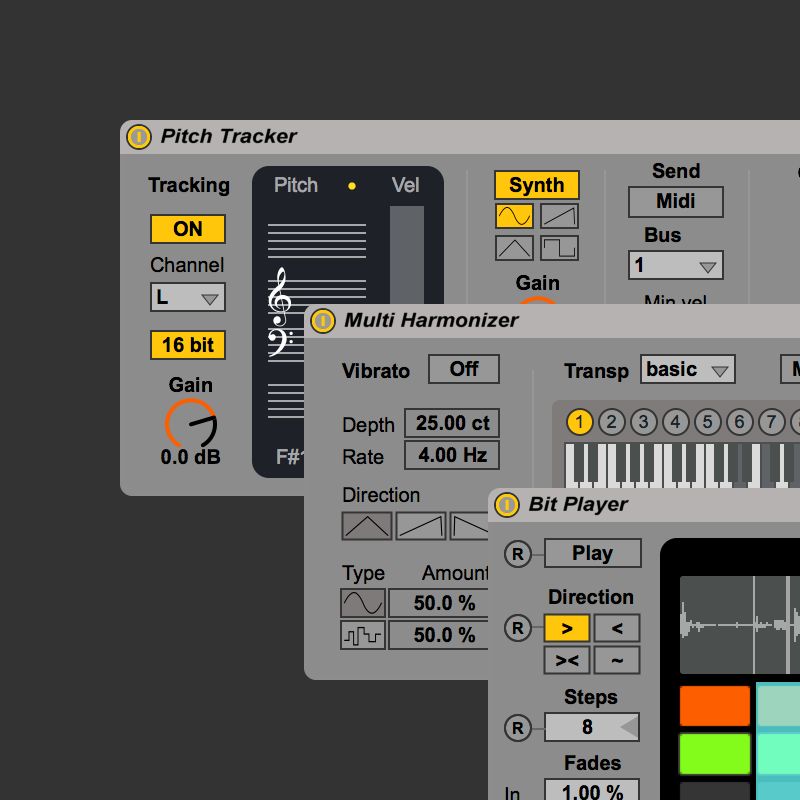

The Split-Eight adds a couple voices (8 vs. The Multitrak adds an octave (61 keys vs. The Six-Trak and the Max are almost functionally identical, except the Max loses the arpeggiator and is mostly a preset synth (20 editable presets are only programmable via MIDI). The Six-Trak family members are also functionally similar, but not identical. Note: The AX80 is the AX60’s predecessor and a very different beast (dual oscillators, different filters, etc). dedicated sliders/buttons on the AX60) and form factor (AX60: 61 keys, AX73: 73 keys, VX90: 2U rack). Physical differences are UI (single slider/keypad for the AX73/VX90 vs. The Akai AX family members are functionally similar, but the AX60 has an arpeggiator and is bitimbral, while the AX73 and VX90 are velocity sensitive and have more flexible envelope routing to pitch. What? Akai made synths? Yes, around the time Akai was testing the waters of the sampling market with the S612 (well before the market dominating S1000), they put out a few synths. That rabbit trail led me to wonder, which is the more versatile synth, since both Akai and SC lines are sonically similar. While the CEM3394 genesis seems to be anecdotal (commissioned by Pizza Time/Chuck E Cheese pizza chain for custom video games), it’s usage in video games and the synth lines of both Akai and Sequential Circuits is well established. I currently have an AX60 in the shop with what I initially thought was going to be voice chip issues, so I was doing some research and was reminded that the AX60 and its siblings (AX73, VX90) share the same “synth on a chip” Curtis voice chips (CEM 3394). Max is not a very fair comparison (the Max being programmable via MIDI only), but it sounded cool.


 0 kommentar(er)
0 kommentar(er)
